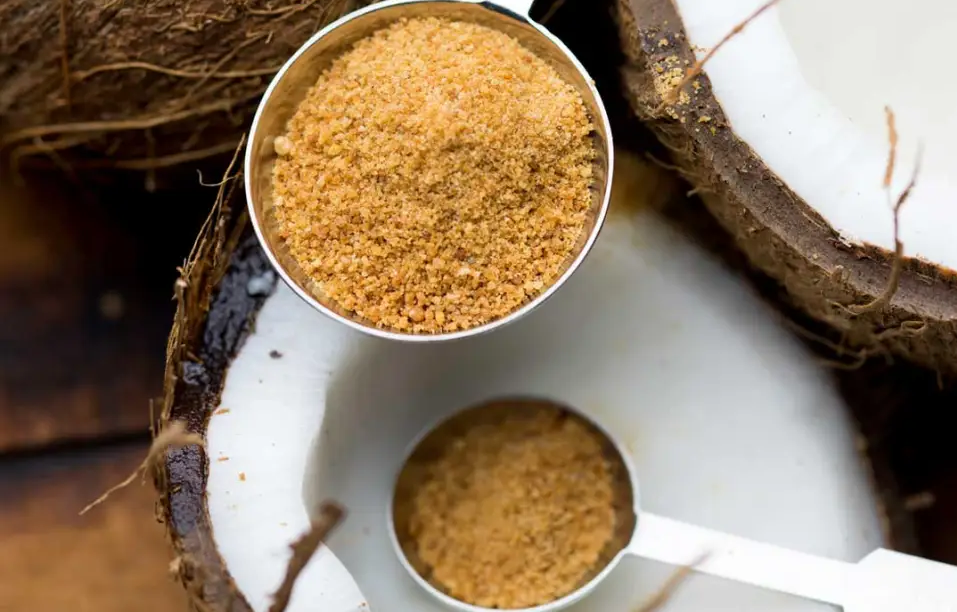Chayote, also known as vegetable pear or mirliton, is a versatile and nutritious vegetable that belongs to the gourd family. It’s widely consumed in various cuisines around the world and offers several health benefits. Here’s an overview of chayote’s versatility and its potential benefits:
1. Versatile Culinary Uses:
- Cooking Methods: Chayote can be boiled, steamed, sautéed, stir-fried, baked, or even eaten raw in salads.
- Texture: Chayote has a mild flavor and a crunchy texture, similar to a cucumber or zucchini.
- Dishes: It can be used in both savory and sweet dishes, including soups, stews, casseroles, salads, and desserts.
- Stuffed Chayote: The hollowed-out chayote halves can be stuffed with various fillings like meats, cheeses, or vegetables.
2. Nutritional Benefits:
- Low in Calories: Chayote is low in calories, making it a great option for those looking to manage their weight.
- Dietary Fiber: Chayote is a good source of dietary fiber, which supports digestion, helps prevent constipation, and supports a healthy gut.
- Vitamins and Minerals: Chayote provides vitamins such as vitamin C and B vitamins, as well as minerals like potassium, magnesium, and manganese.
- Antioxidants: Chayote contains antioxidants like vitamin C and various phytonutrients that help protect cells from oxidative damage.
3. Health Benefits:
- Digestive Health: The fiber in chayote supports a healthy digestive system and can help regulate bowel movements.
- Heart Health: Chayote’s potassium content helps maintain healthy blood pressure levels and supports heart health.
- Weight Management: With its low calorie and high water content, chayote can contribute to feelings of fullness and help manage calorie intake.
- Bone Health: Chayote contains essential minerals like calcium, magnesium, and phosphorus, which are important for maintaining strong bones.
- Hydration: Chayote’s high water content contributes to overall hydration.
4. How to Prepare Chayote:
- Peeling: Chayote skin is edible, but it’s often peeled before consumption due to its slightly tough texture. The skin color can range from pale green to dark green.
- Seed Removal: Chayote seeds are also edible, but they can be removed for certain dishes where a smoother texture is desired.
5. Seasonal Availability: Chayote is available in different parts of the world year-round, making it a versatile vegetable to incorporate into your meals in various seasons.
6. Allergies and Sensitivities: As with any food, some individuals might have allergies or sensitivities to chayote. If you have allergies to other gourd vegetables, it’s a good idea to exercise caution when trying chayote for the first time.
7. Culinary Creativity: Chayote’s mild flavor allows it to be easily incorporated into a wide range of dishes. Its versatility makes it an excellent canvas for experimenting with different flavors and cooking techniques.
As you enjoy chayote, remember that incorporating a variety of fruits and vegetables into your diet is key to obtaining a balanced array of nutrients. If you have specific dietary goals or health concerns, consulting with a registered dietitian can provide personalized guidance on how to include chayote in your meals.









6 thoughts on “Chayote: The Versatile Vegetable for Every Season”